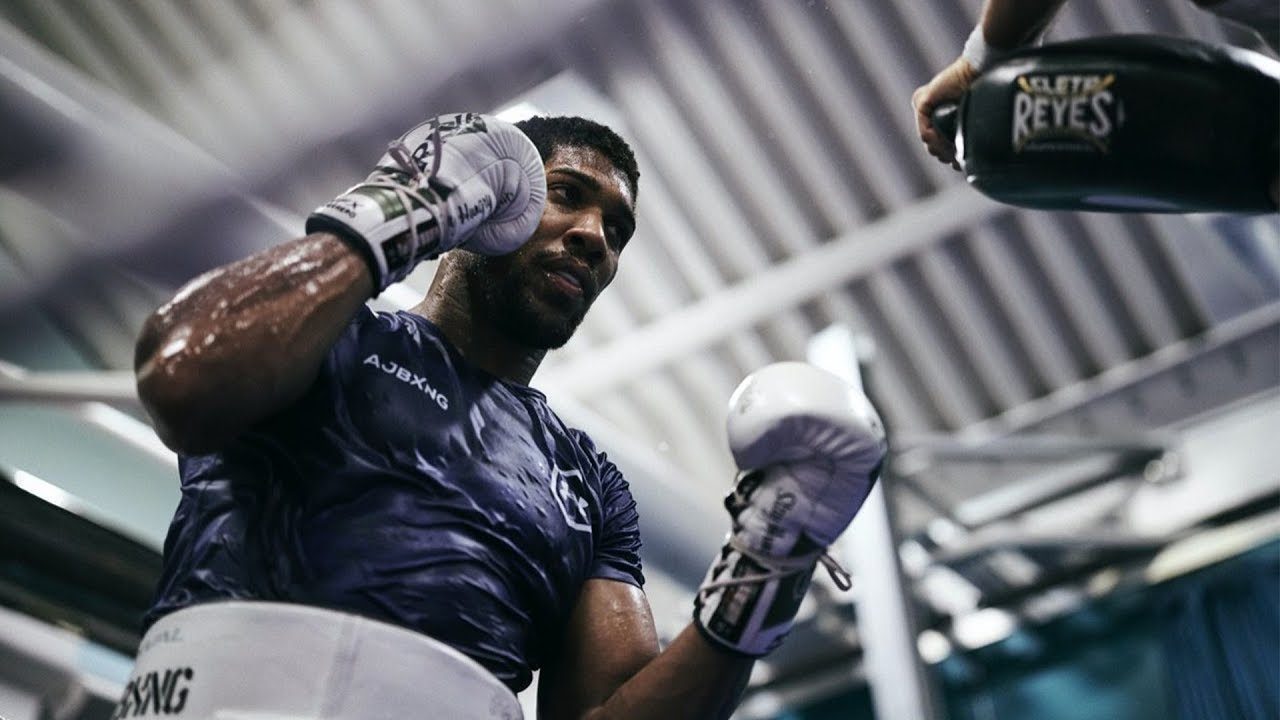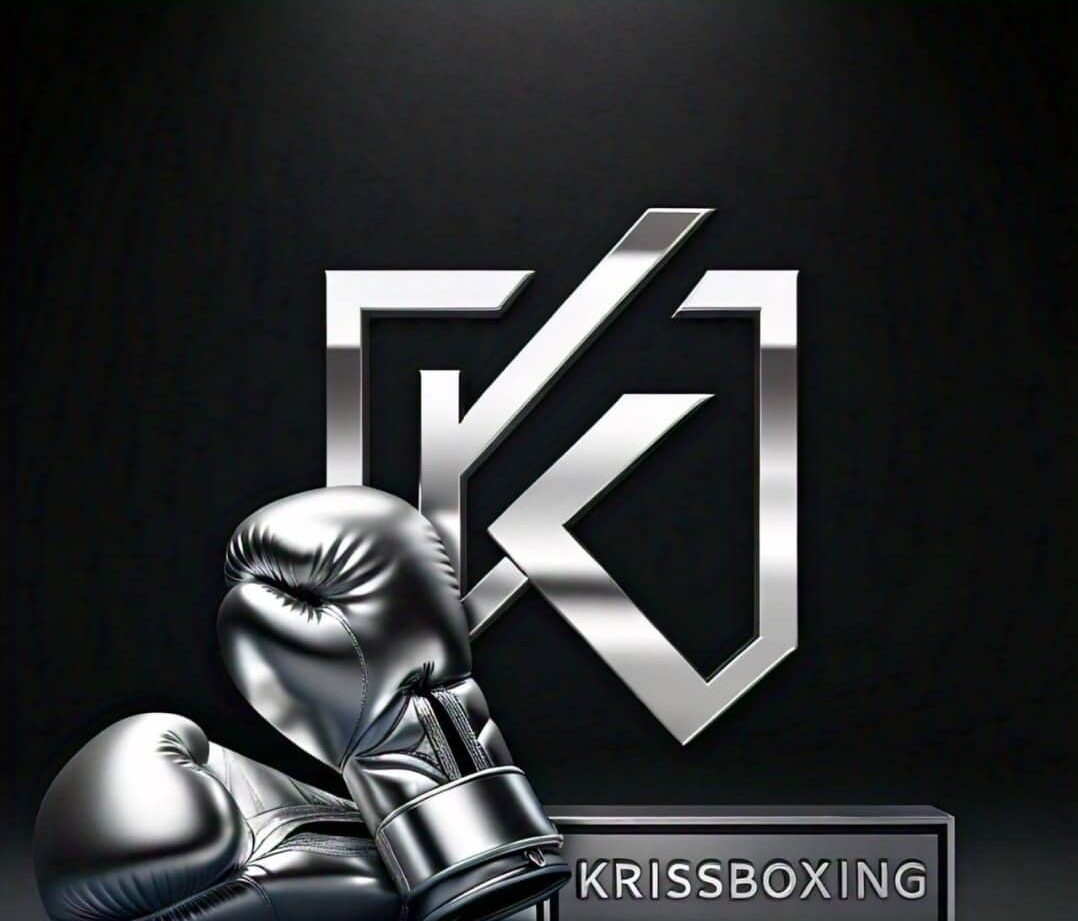In boxing, skills turn good hitters into knockdown artists. One can be inclined to rely on the power more than the technique since the knockout is the highlight of the fighting discipline.
The desire to have that power is understandable: however, fighters have to keep one crucial fact in mind – technique is not simply more important than power; in fact, it is the set of actions that opens the door to it.
During a technique session, a boxer’s stance/posture will enhance, their motions will be neater, and consequently, the force transmitted from the feet, through the legs and torso is optimized, enabling powerful punches.
Boxing Training: The Way Technology Is Changing It.
Like it always is, technology is gradually affecting the process by which boxers train in every way possible. Wearable technology, smart gloves, and motion tracking technology give information on a boxer’s performance in real-time, with details on the speed of the punch and the accuracy and efficiency of the movements being made by the boxer.
This provides trainers with more accurate means to adjust methods and assess the outcomes. Further, with the help of virtual reality (VR) and artificial intelligence (AI) driven platforms, they can perform similar level boxers’ reactions and planning during the fights, without getting as tired as they get during sparring.
Such advancements in technology enhance training as a result emphasizes data provision, to assist fighters achieve a high ability to perform and compete effectively.

Why Technique Outshines Power in Modern Boxing
While the knockout punch receives most of the attention and accolades, today’s boxing is saying that technicality is not overshadowed by power in the square circle. While it is evident that power is still a useful ability, it’s the footwork, guard, and timing that make a real champion.
The following article seeks to explain why the technique has occupied a prominent position in contemporary boxing careers and supplanted strength. This work can be divided into:
The Science of Punching
Punching is a lot more than just flinging your fist with all your might and praying for the best. It has to do with research and development, and it is not as simple as all that.
So to address this problem, you must concentrate on strengthening the muscle, the distribution of muscular energy, and the coordination of the movements from the lower body to the upper body to your fist.
If you punch incorrectly, you’ll not get the intended impact. However, if you develop a good form, then you enhance the possibility of getting a good impact on your punches and therefore raising your odds of dropping your rival.
Do not focus on the aspect of power during the sessions rather take every training session as a means of enhancing your techniques.
The Dynamics of Competition
Boxing is just as important as any other sport, and for any type of martial art, it is critical to learn the basics first. Boxing is no exception. Technically, it is not difficult to know them but mastering them requires years of practice.
The majority of champion boxers get into the sport early because it takes many years to develop these fundamental techniques. Indeed, while in this equipment, technique is the most important thing to remember for a novice player, it has to be their prime consideration.
This takes time to correct, and having to repeat the movements numerous times, is better if advised by a coach on the right movements to make. When you are more advanced in the basic knowledge of Learning Management, you will have more enhanced skill power.
You can’t hurt what you can’t hit
The popular logic in boxing is not to hit hard but to hit often. There’s a saying in boxing: The phrase “You can’t hurt what you can’t hit,” And I believe there is a lot of merit to the saying.
Few things are more important to scoring than clean, accurate punches, and punches are far more important than sheer volume. So the power is useless if you are unable to get your shots in cleanly.
Here, it is simply about making adjustments and adaptations on a biomechanical level whilst also being smart with your attack play. It’s not about the number of punches thrown, but about where those punches are landing.
When your combinations are optimal, you focus on your openings, and technique to amplify your power, and you observe increased knock-out.
Better Technique is More Energy Efficient
Besides increasing the efficacy of power punches, good technique ensures you require minimum effort when in the ring. This is important bearing in mind that one is dealing with a strong striker who also punches well.
With the right technique, you save energy, therefore, reducing the rate at which you get exhausted as the fight continues. Concentrating on the possibility of moving quickly means that you are not overspending energy that is not required or that you are getting too tired at some point.
This leaves you with sustainable energy throughout the entire fight thus making it too hard for the opponent to stand against. Many bouts particularly at the noob and intermediate level arena are infatuated by conditioning.
That is why a combatant who could control their energy expenditure is usually the one who wins.” Using muscle alone to back up each blow leaves you tired and that is why it is always advisable to apply technique in this sport.
Frequently Asked Questions (FAQs)
In what way has modern training changed to de-emphasize force?
Modern boxing training involves skillful execution or technique by including drills, springs, and conditioning for movement, combinations, defensive skills, and temporal patterns. Instead of focusing solely on exercises that build muscle mass, trainers today pay much attention to an individual’s ability to move quickly, his hand-eye coordination, and responsiveness.
Does that preclude potentially, the ability for a boxer who does not possess knockout capability from winning?
Absolutely. Boxers such as Floyd Mayweather Jr fall under this category. Mayweather has been described as having excellent defensive style, agility, speed, and a modern style of choreographed foot movement that complements them well; proving that speed and technique are of essences more than muscle mass. Real boxing is the use of termed technique, not muscle, and not the ability to simply land a punch.
In what way is technique affecting stamina in boxing?
Proper work in this sense is very critical in energy preservation in the fight and this enables the boxer to perform at his best throughout the fight. Thus, a title winner minimizes his work and manages to avoid the onset of fatigue at the end of the match when, for example, having chased an opponent for several rounds in a row, he suddenly realizes that it is difficult for him to make attacks and successfully implement them.
Where does defense stand about power in the context of boxing?
This is why defense in boxing is very crucial and as important as offense. The defensive practitioner is capable of keeping out of danger, looking for counter shots, and diminishing the opponent’s offense. Head movement, blocking, and footwork, therefore, must be well mastered in the ring, in order to avoid and punish incoming blows respectively.
To what extent does knockout power remain relevant in the new generation of boxing?
Even though knockout power remains a weapon, it is not the only winning factor in the boxers’ abilities. The technique is effectively used in correctly setting the power punches this raises the prospect of a knockout. A technical fighter has balanced training, for any form of combat and has the possibility to be the best in the cage.
Conclusion
Today’s boxing discipline has progressed somewhat away from raw punching strength and moved towards the aspect of skill. Punching strength has always been an essential quality, however, the practical repertoire that includes foot movement, shielding, the ability to measure the distance well, and aim has been confirmed to be a decisive factor.
Technique-driven fighters are more capable of dealing with an opponent, judging aspects of a match, and getting the most out of themselves.
Boxing today is not only for the one who can throw the big shot but for those who know when and where to do so. In the process of a sporting activity, finesse is the key parameter in which one is likely to have agility, an intelligent brain, and precision rather than brute force.


